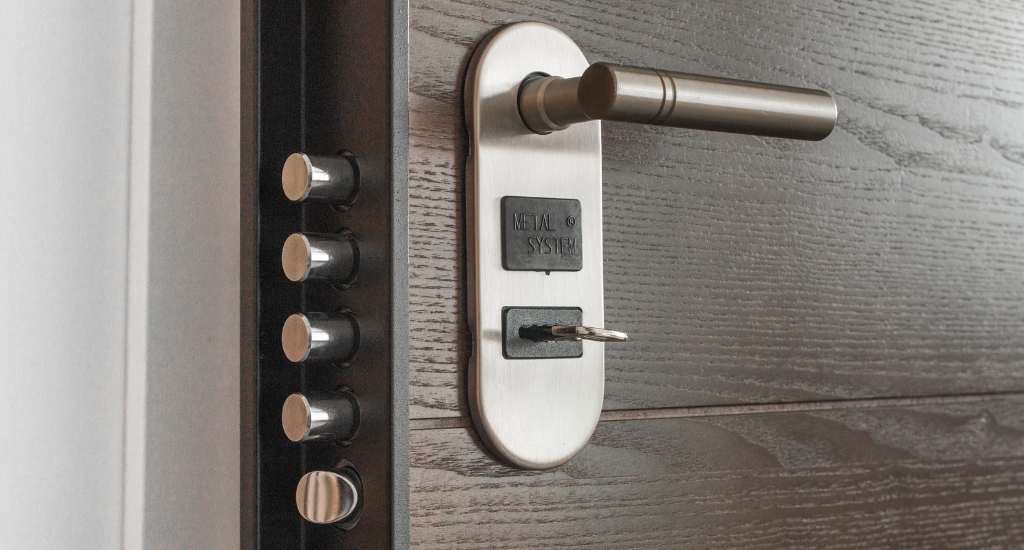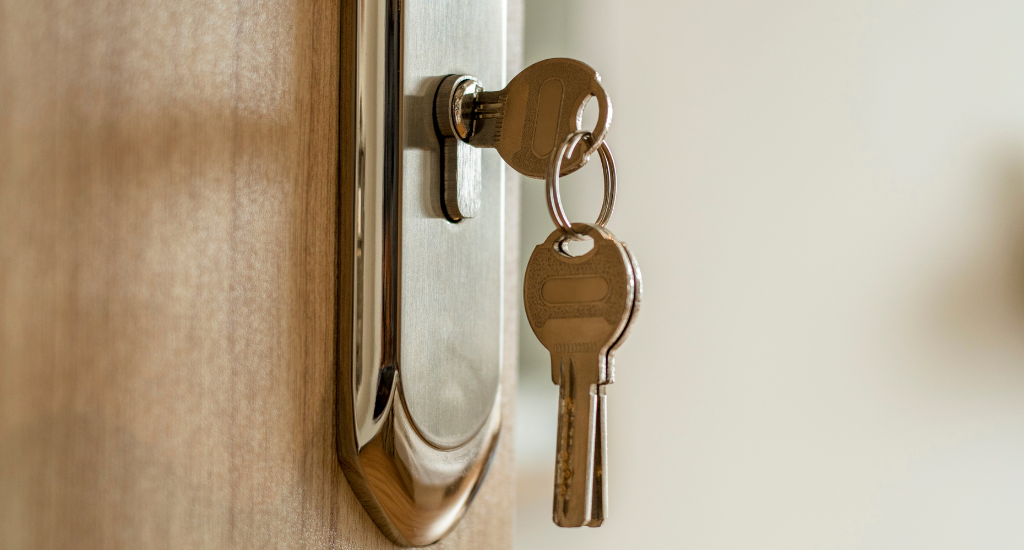Common Problems with Door Locks and How to Fix Them
Home security is a top priority for everyone and one of the fundamental components of ensuring that security is a properly functioning door lock. Door locks play a crucial role in safeguarding our homes and providing us with peace of mind. However, like any mechanical device, door locks can develop issues over time.
In this article, we will delve into the world of common problems with door locks and provide you with practical solutions to address these issues effectively.
Types of Door Locks and Their Importance
Before we dive into the common problems associated with door locks, let’s briefly discuss the different types of locks and their significance. There are several types of door locks available in the market, including deadbolts, knob locks, and electronic locks. Each type offers a different level of security, and choosing the right one depends on your specific needs.
Deadbolts are known for their robustness and are often recommended for exterior doors. Knob locks, on the other hand, are commonly found on interior doors and provide a basic level of security. Electronic locks have gained popularity due to their convenience and modern features, such as keyless entry and remote control.
Common Problems with Door Locks
I. Key-Related Issues
Keys are an integral part of traditional door locks, but they can also be a source of frustration when problems arise. Key breakage and bent keys are two common issues that homeowners encounter. A broken key can leave you locked out of your own home, while a bent key might struggle to turn the lock smoothly.
If you find yourself with a broken key inside the lock, resist the temptation to force it out, as this might exacerbate the problem. Instead, try using needle-nose pliers to gently extract the key fragments. If the key is bent or struggles to turn, applying a lubricant like graphite powder can often solve the issue. Regularly maintaining your keys by avoiding excessive force and keeping them clean can prevent these problems.
II. Misalignment and Jamming
Misalignment and jamming can occur due to various factors, such as temperature changes, shifting foundations, or everyday wear-and-tear. A misaligned lock might prevent the bolt from fully entering the strike plate, compromising security. A jammed lock can leave you stranded outside your home or unable to secure it.
To address misalignment, first, check if the door is hanging properly in its frame. Adjust the hinges if necessary. If the lock itself is misaligned, you may need to loosen the screws holding it in place and reposition it before tightening the screws again. For a jammed lock, use a lubricant specifically designed for locks to help loosen the internal components. Gently insert the key and attempt to turn it while applying slight pressure to the door. Avoid using excessive force, as it might worsen the problem.
III. Worn Out or Damaged Locks
Over time, door locks can become worn out or damaged, especially if they are exposed to harsh weather conditions or excessive use. Signs of a worn-out lock include difficulty in turning the key or handle, or the lock not engaging properly.
Replacing a damaged lock is often the best solution in such cases. Start by removing the screws securing the lock to the door. Take the old lock to a hardware store to find a suitable replacement. Installation typically involves inserting the new lock into the same cutout and securing it with screws. Opt for reputable lock brands to ensure durability and security.
IV. Frozen Locks
In colder climates, frozen locks can be a common winter woe. Attempting to force a frozen lock open can lead to damage. Instead, focus on thawing the lock using safe methods.
To thaw a frozen lock, you can use a de-icing product specifically formulated for locks. Apply the de-icer and wait a few minutes for it to work. Alternatively, a hairdryer on low heat can help melt the ice without causing harm to the lock. To prevent future freezing, consider using a lubricant that also has anti-freeze properties on the lock’s internal components.
V. Electronic Lock Malfunctions
Electronic locks offer convenience and enhanced security, but they can also experience malfunctions. Battery failure and programming errors are among the most common issues.
When dealing with a dead battery, replace it with fresh batteries following the manufacturer’s instructions. If the lock’s programming seems to be acting up, refer to the user manual to troubleshoot the problem. Often, a simple reset can resolve the issue. For more complex problems, contacting the manufacturer’s customer support or a locksmith familiar with electronic locks is recommended.
DIY vs. Professional Help
While it’s tempting to tackle lock problems yourself, it’s important to evaluate the situation before taking action. DIY solutions are suitable for minor issues like lubrication or basic alignment. However, for more complex problems, such as electronic malfunctions or severe damage, seeking professional help is advisable.
Professional locksmiths like S.O.S Locksmith possess the expertise and specialized tools required to address intricate lock problems without causing additional damage. They can provide a quick and accurate diagnosis, ensuring your home’s security remains intact.
Preventive Maintenance Tips
To minimize the likelihood of encountering lock problems, adopting a routine maintenance regimen is crucial. Here are some preventive measures you can take:
✔ Regularly clean your locks to prevent dirt and debris buildup
✔ Lubricate your locks annually with a lock-specific lubricant
✔ Inspect your locks for signs of wear or damage and replace them promptly if needed
✔ Maintain the surrounding door frame and hinges to ensure proper alignment
By dedicating a small amount of time to maintenance, you can prolong the lifespan of your door locks and prevent many common problems from arising.
Conclusion – Ensure Home Security through Door Lock Maintenance

Door locks are the first line of defense for your home’s security, and addressing common lock problems promptly is essential for maintaining that security. By understanding the various issues that can arise with door locks and learning how to fix them, you can ensure your locks operate smoothly and effectively. Whether it’s key-related problems, misalignment, electronic malfunctions, or worn-out locks, the solutions are within your reach.
Remember, while DIY solutions are suitable for minor problems, professional locksmiths should be consulted for complex issues. Through preventive maintenance and timely repairs, you can enjoy the peace of mind that comes with a well-functioning and secure home. Don’t let common lock problems compromise your safety – take action and keep your locks in optimal condition.
